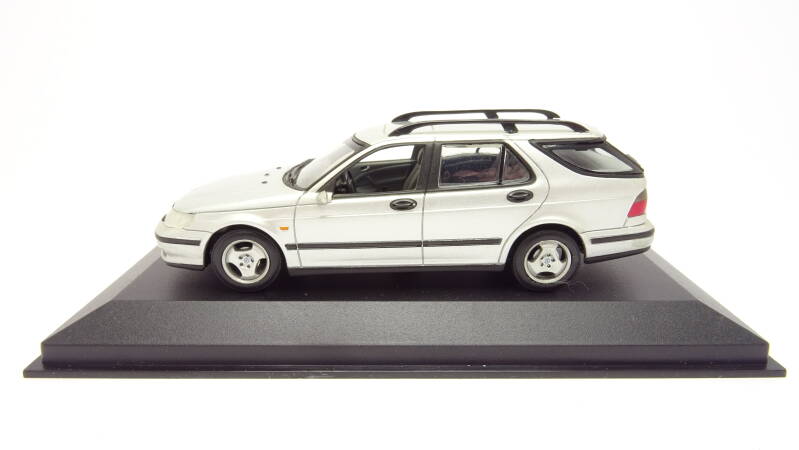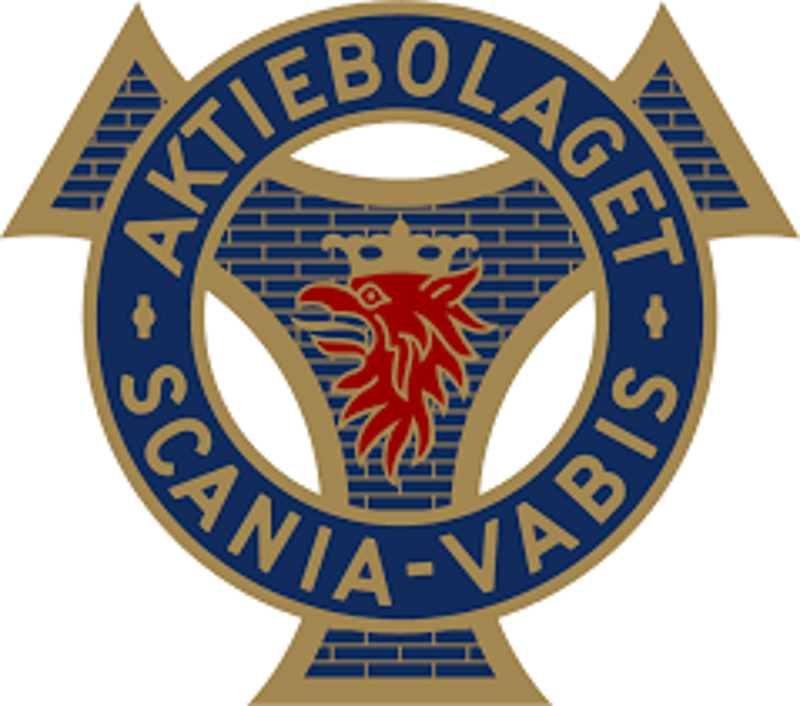

Saab – founded in 1937 in Sweden as Svenska Aeroplan aktiebolaget (Swedish Aeroplane Company); the last word is typically abbreviated as AB, hence Saab and Saab Automobile AB.
Saab Automobile ABwas a manufacturer of automobiles that was founded in Sweden in 1945 when its parent company, SAAB AB, began a project to design a small automobile. On 13 June 2012, it was announced that a newly formed company called National Electric Vehicle Sweden (NEVS) had bought Saab Automobile's bankrupt estate and now produces electric cars based on the Saab 9-3.


Headquarters Trollhattan, Sweden, 1945-2000

Parent: General Motors, Detroit, Michigan, United States, 2000-2010

Parent: Spyker Cras, Zeewolde, Netherlands, 2010-2012

Parent: NEVS, Trollhättan, Sweden, 2012-2019

900 series

The Saab 900 is a mid-sized automobile which was produced by Saab from 1978 until 1998 in two generations.
The first generation from 1978 to 1994 is known as the "classic" and the generation from 1994 to 1998 is known as the "new generation".

set of 900 sedan and convertible https://www.youtube.com/watch?v=TXeazZhPqpg






set of 900 turbo aero and convertible Saab 900 Turbo Convertble & Aero Coupe
9-5 series

The Saab 9-5 is an executive car that was produced by the Swedish automobile maker Saab from 1997 to 2012. The first generation 9-5 was introduced in 1997 for the 1998 model year, as the replacement of the Saab 9000.
The second generation was presented at the Frankfurt Motor Show on September 15, 2009 and production began in March 2010. It was the first Saab autombile to be launched under Spyker Cars' ownership, even though it was developed almost completely under GM's ownership. Production ceased in 2012 amid the Saab's liquidation.











1891-1900
1900-1911
1911-1937
1937-1946
1946-1947
1949-1963
1963-1965







1965-1967
1967-1969
1969-1974
1974-1996
1995-2000
2000-2012
2013-2016





















Create Your Own Website With JouwWeb